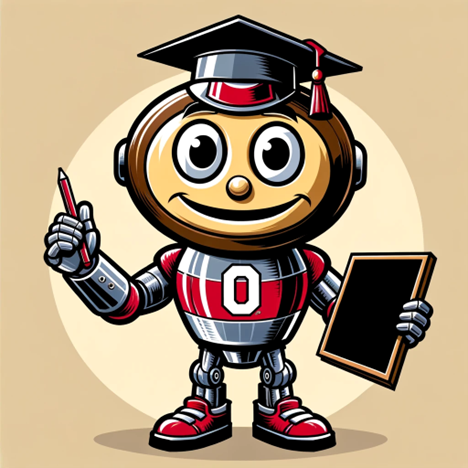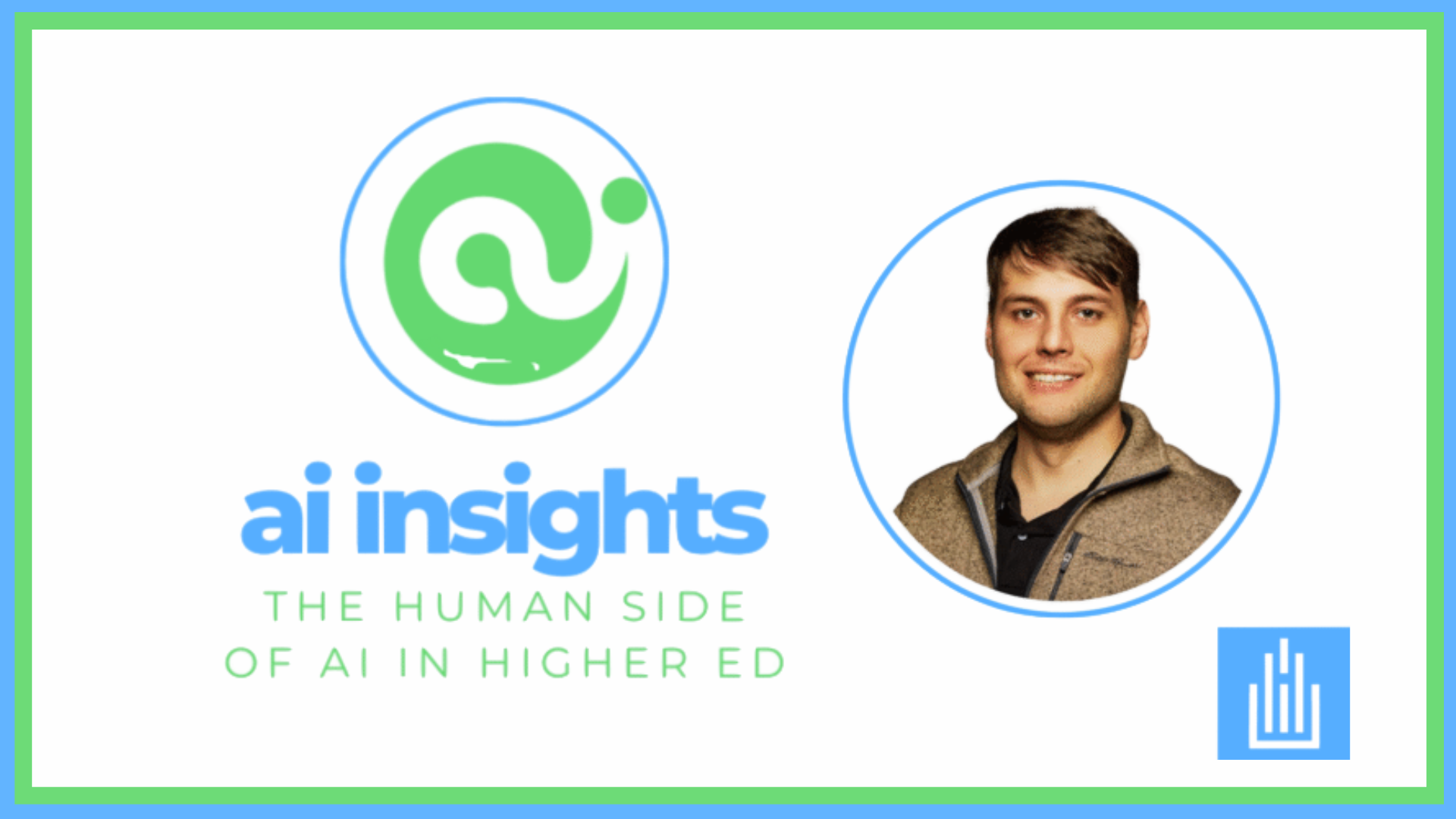I often brace myself for a parade of product placements that magically fit every need, claim to be future-proof, and promise to do everything. Fortunately, the AI Fluency workshop was not the case at The Ohio State University. Every session is led by faculty, not vendors. The faculty provided use cases across the university that showed a unified approach to curiosity among various disciplines.
Exploring the Unknown with Purpose
Provost Ravi Bellamkonda remakes the workshops with a powerful reminder:
“As a university, our purpose is to explore the unknown.”
The spirit of exploration is combined with a healthy dose of skepticism. AI is not a solution to everything. When applied in a “black box” manner, it often fails. The faculty emphasized the importance of transparency, bias awareness, and ethical boundaries. OSU aims to connect departments across the university to collaborate, even when AI use cases may not directly apply.
Intentional Integration: AI in the Classroom
One of the most compelling takeaways was how faculty are embedding AI into their syllabi, not as a novelty, but as a guideline to be transparent for both the faculty and students. These can be AI statements in the syllabus and then recurring assignments throughout the course modules.
Sample assignments:
- Personal Statement of AI Utility: Students write about how they plan to use AI at the start of the semester, then revisit and revise that statement at the end.
- Daily “AI in the News” Segment: Encourages students to stay informed and critically analyze current events.
- Dataset Audits: Students examine datasets for bias and limitations.
- Supercomputer/Data Center Site Visits: Bridging theory with infrastructure. See the data crunch for real, not in the mythical cloud!
- Personal AI Use Policy: Students reflect on their values, investigate AI in their field, and draft guidelines for responsible use.
Real-World Applications Across Disciplines
- College of Dentistry: Chatbot prototype offering upper class students’ resources.
- Translation & Tick Identification: AI applied to public health and linguistics.
- Music Education: Dr. Tina Tallon is exploring AI’s role in composition and pedagogy.
- Supply Chain Management: The “Brutus Bot” helps students navigate logistics scenarios.
- AI Hub (“Area 51”): jokingly referred to as area 51 but the AIxHub is the centralized brain trust at OSU fostering interdisciplinary collaboration.

Final Thoughts
I left the workshops feeling inspired and energized. Faculty-led sessions like these remind me why I believe in the transformative potential of AI in education. Not because of the shiny factor, but because the faculty understands its power, its pitfalls, and its promise.
Large scale events that unify faculty and staff create opportunities for valuable hallway conversations and spontaneous reunions. I saw at least five of my current and former leaders, and it reminded me how rare and valuable it is to gather across a large, decentralized institution like Ohio State. Despite our varied roles and departments, we unite with a common goal. Even our Provost remarked on the cultural shift he has seen through the AI Fluency initiative at OSU.










